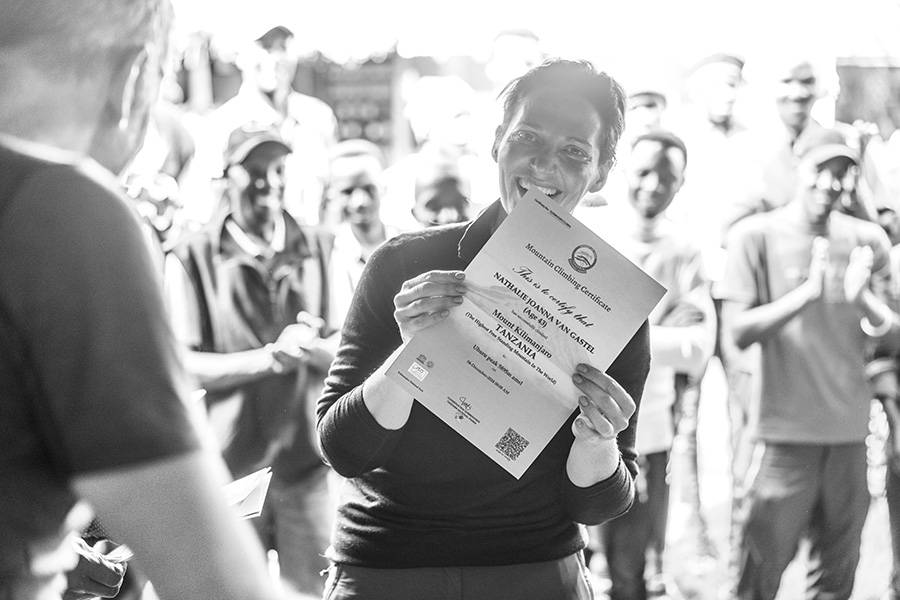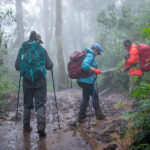How Much to Tip on Kilimanjaro: A Guide to Fair Tipping
Climbing Mount Kilimanjaro is an incredible accomplishment, but it’s one you can’t achieve alone. It’s a team effort, made possible by the dedication of your mountain crew, including guides, porters, and cooks. Understanding the Kilimanjaro tipping guideline is essential, as tipping is a vital part of the climbing culture and a direct way to thank the team for their immense effort and support.
This guide will walk you through why tipping is so important, how much you should plan to tip, and the best way to handle the tipping process for a smooth and respectful experience.
Why Tipping Is Important on Kilimanjaro
Your mountain crew works tirelessly to ensure your safety, comfort, and success. Porters carry your gear, cooks prepare your meals at high altitudes, and guides lead you safely up the mountain. Tipping isn’t just a nice gesture; it’s a crucial part of the crew’s income. It ensures that the people who make your climb possible are fairly compensated and motivated. Organizations like the Kilimanjaro Porters Assistance Project (KPAP) advocate for these fair tipping standards to ensure transparency and accountability.
Kilimanjaro Tipping Guideline: Recommended Amounts
While specific amounts can vary based on your trekking company and group size, these are the generally accepted tipping ranges recommended by most reputable organizations. The amounts are per crew member, per day.
- Porters: $6 to $10 per porter, per day
- Cooks: $10 to $15 per cook, per day
- Assistant Guides: $15 to $20 per assistant guide, per day
- Lead Guide: $20 to $30 per lead guide, per day
To put this into perspective, for a typical 7-day climb with a group of four climbers and a crew of about 16, each climber should budget approximately $250 to $350 for tips. This ensures everyone on the crew is fairly compensated for their hard work.
How to Organize and Distribute Your Tips
A smooth tipping process prevents confusion and ensures the entire crew feels valued. Follow these steps to handle your tips correctly:
- Pool Tips as a Group: Collect all tips from your climbing group into a single fund. This ensures fairness and simplifies the process.
- Hold a Tipping Ceremony: On the final day of your trek, your group will present the pooled tips to the crew. This is often a meaningful ceremony where you can express your gratitude directly.
- Give Tips to the Lead Guide: Hand the collected tips to your lead guide in an envelope. They will be responsible for distributing the money to the entire team. This is the standard and most transparent method.
- Use Cash: Bring clean, crisp US dollars (USD) or Tanzanian Shillings (TZS). Both are widely accepted, but USD is generally preferred.
Frequently Asked Questions About Tipping on Kilimanjaro
While not legally mandatory, it is highly expected. The crew depends on tips as a significant part of their livelihood.
It’s best to pool your tips with your group and present them collectively. This prevents awkwardness and ensures all crew members, including those you may not have interacted with often, receive their fair share.
While the crew will appreciate gifts like gear, it should be an extra gift, not a replacement for cash tips. Their families and communities rely on the income from tips.
Final Takeaway: Plan Your Tips in Advance
Reaching the summit of Kilimanjaro is a monumental achievement, but it’s a testament to the hard work of your entire team. By following these Kilimanjaro tipping guidelines, you are not only showing gratitude but also supporting ethical tourism and fair wages. Planning your tips in advance will give you peace of mind, allowing you to focus on the trek, knowing you are prepared to thank your crew for a truly unforgettable experience.






This was really helpful! I had no idea tipping was such an important part of the Kilimanjaro trek. Thanks for breaking it down clearly.
Thank you for sharing this! I didn’t realize how important tipping is on the Kilimanjaro trek, this really cleared things up.